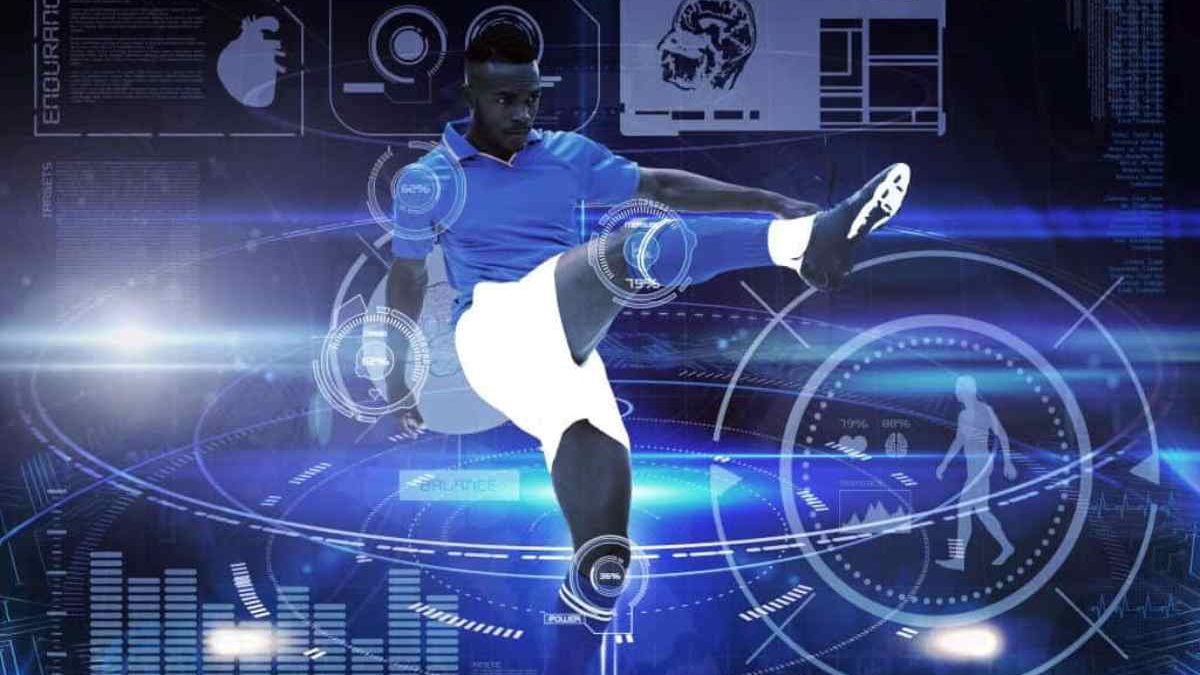Over the years, technology has advanced tremendously, and each industry has experienced its fair share of benefits that continue to shape and improve its sectors in more ways than one.
So when we look at what it’s done within sports, technology has done more than just make it possible for sports fans and supporters to stream sports, place bets, and access the latest Premier League predictions.
Different sports will capitalize on various technological advancements. Soccer is one of the sports that has undergone significant improvement with the help of technology, and with its abundance of continental cups and football leagues, it’s also assisted many match officials in taking the right steps and making the right call.
So, from Hawk-Eye and goal-line technology to VAR and ways to make gameplay efficient, let’s look at this in further detail.
Table of Contents
Ways Technology Improves Soccer
The Smart Ball System
The Smart Ball system is one of the industry’s most promising prospects as it comes embedded with an NFC chip that works as a sensor that uses network receivers situated around the field to track the ball’s position. Tracking is always done in real-time; therefore, it can detect when the ball has passed the goal line accurately.
During a game, the referee will wear a smartphone receiver so they can receive information about when the ball crosses the goal line, and each time this happens, match officials will be notified of such an event. The industry has seen so much success with the use of this system that it’s now used across most African Leagues, American Leagues, MLS, and European Leagues.
Goal Line Technology
Part of a referee’s job is to figure out whether a score is a goal or a near-miss. The 2014 World Cup, which took place in Brazil, was the first event that saw goal line technology make its debut, and after its success, it also came to use in the 2018 FIFA World Cup that took place in Russia.
With goal-line technology, 14 cameras work together to capture 500 frames per second, and it’s then that these frames get sent to a system that processes images. While this happens, the ball’s 3D coordinates get monitored, and when the ball crosses the goal line, cameras on the field will capture the moment and notify the referee.
For a successful goal-line system to occur, the following principles are required:
- The technology can only apply to decisions concerning goal lines
- The system has to be 100% accurate
- Notifications sent to the referee have to be instantaneous
- Signals are solely sent to match officials
The Goal Ref System
The Goal Ref system was developed by Fraunhofer IIS and isn’t basically a radio-based system that utilizes low-frequency magnetic fields to assess whether or not the entire ball has crossed the goal line. During a game, there are two magnetic fields- One will be placed in and around the ball, and the other one will be in the goal area.
The one that’s placed in and around the ball makes use of a passive electronic circuit that’s placed inside the ball, and the magnetic field placed in the goal area makes use of coils that are connected to the goal.
With the system, the information it collects is processed and sent to the referee through a wristwatch that will vibrate each time an alert is sent out, and the message will be sent in real-time.
In Conclusion
The soccer industry has gained greatly from the various technological advancements that have been launched over the years. One can only wonder what’s next, and with the help of Augmented and Virtual Reality that have become hot topics of conversation, the possibilities here are endless as the sky continues to be the limit.
Technology continues to shift at an alarming rate, and in time, it will do more in shaping and improving soccer in various aspects of the sport. But with so many milestones to record and celebrate, it’s worth noting that these advancements do come with their setbacks and opposition, making some of them difficult to incorporate on various magnitudes. Other than that, the sports industry has a lot to be excited about for footballers, fans, pundits, and teams.

